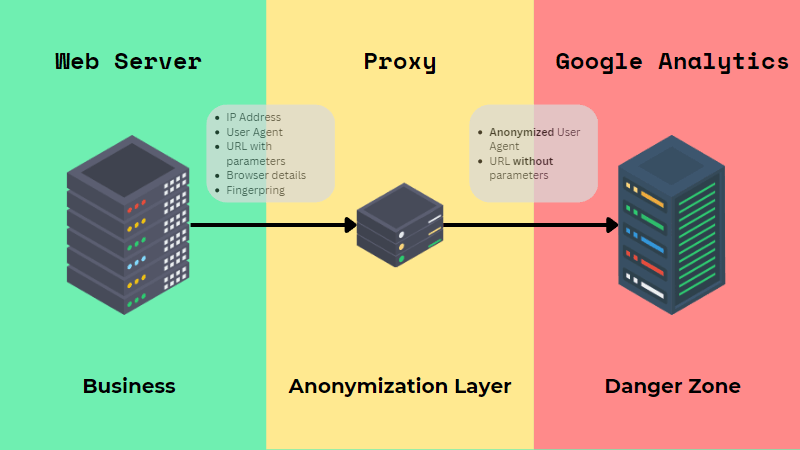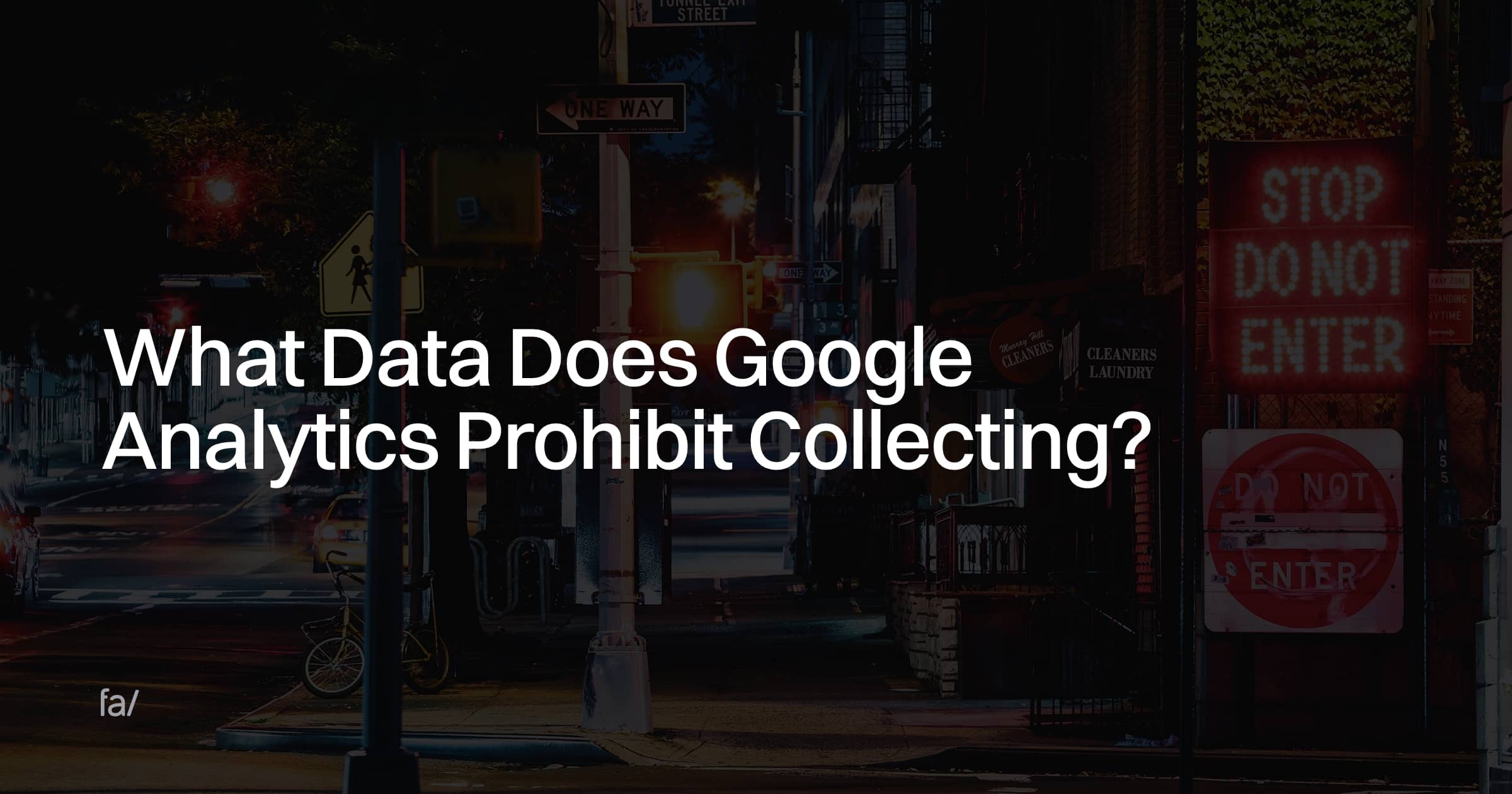Opening Insights: Recognizing What Data Does Google Analytics Prohibit Collecting
Understanding the Art of Conquering Data Collection Limitations in Google Analytics for Better Decision-Making
In the world of digital analytics, the capacity to remove purposeful insights from information is extremely important for informed decision-making. By utilizing calculated techniques and innovative methods, organizations can raise their data high quality, unlock concealed understandings, and lead the way for even more reliable and enlightened decisions.
Data Top Quality Analysis
Data top quality assessment includes evaluating various aspects such as accuracy, completeness, uniformity, and timeliness of the information. One key facet to take into consideration is information precision, which refers to just how well the information mirrors the real values of the metrics being measured.
Completeness of information is an additional important aspect in evaluating information quality. Uniformity checks are also crucial in data top quality analysis to determine any type of disparities or abnormalities within the information set. By focusing on data top quality assessment in Google Analytics, companies can improve the integrity of their analytics reports and make even more informed choices based on precise insights.
Advanced Monitoring Techniques
Using sophisticated tracking strategies in Google Analytics can significantly enhance the depth and granularity of data accumulated for more extensive analysis and insights. One such method is occasion monitoring, which permits for the monitoring of details communications on a site, like click switches, downloads of files, or video views. By applying occasion monitoring, organizations can gain a deeper understanding of user actions and involvement with their online content.
In addition, customized dimensions and metrics supply a way to tailor Google Analytics to particular business requirements. Customized dimensions enable the development of brand-new information points, such as user functions or client sectors, while customized metrics allow the monitoring of special performance signs, like income per individual or typical order value.
Additionally, the usage of Google Tag Manager can improve the application of monitoring codes and tags across a site, making it easier to manage and release advanced monitoring arrangements. By utilizing these sophisticated tracking techniques, organizations can open important insights and optimize their on-line approaches for much better decision-making.
Customized Dimension Execution
To improve the depth of data accumulated in Google Analytics past advanced monitoring methods like event tracking, organizations can execute personalized measurements for even more tailored insights. Personalized dimensions allow companies to specify and gather specific data factors that are pertinent to their distinct goals and objectives (What Data Does Google Analytics Prohibit Collecting?). By assigning personalized dimensions to various elements on an internet site, such as individual communications, demographics, or session information, businesses can obtain a more granular understanding of just how users involve with their on the internet properties

Attribution Modeling Approaches
By utilizing the ideal acknowledgment design, services can precisely connect conversions to the proper touchpoints along the client journey. One usual attribution design is the Last Interaction design, which gives credit score for a conversion to the last touchpoint a user interacted with prior to transforming.

Data Testing Avoidance
When dealing with large quantities of data in Google Analytics, getting rid of data sampling is essential to make sure accurate insights are obtained for educated decision-making. Data tasting takes place when Google Analytics estimates patterns in data rather than analyzing the total dataset, possibly leading to skewed outcomes. By taking these aggressive steps to reduce information tasting, businesses can remove much more accurate understandings from Google Analytics, leading to far better decision-making and improved overall efficiency.
Final Thought
Finally, mastering the art of getting rid of data collection constraints in Google Analytics is essential for making notified choices. By carrying out a detailed data quality assessment, applying advanced monitoring methods, utilizing customized measurements, using acknowledgment modeling methods, and avoiding data sampling, companies can make sure that they have trusted and accurate data to base their decisions on. This will inevitably bring about more effective techniques and better results for the organization.
